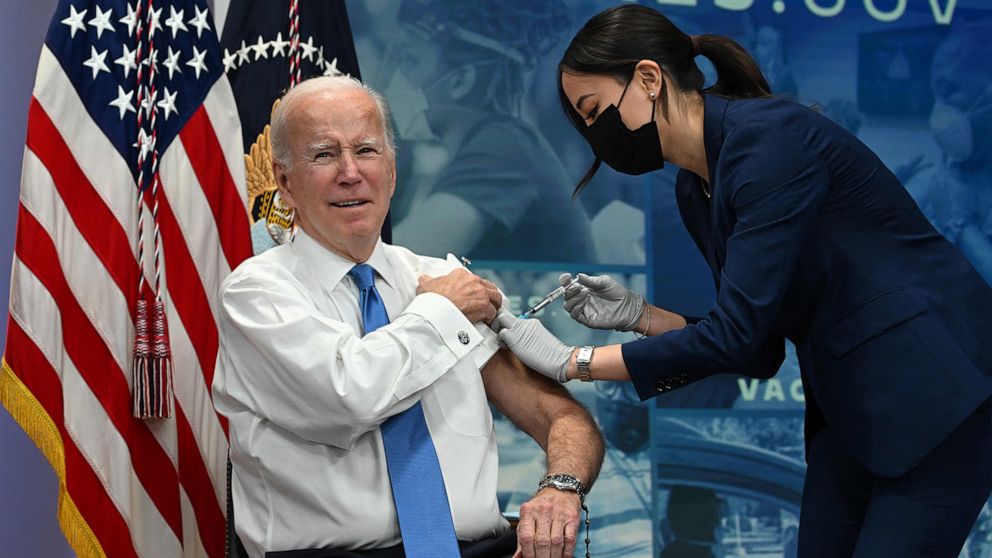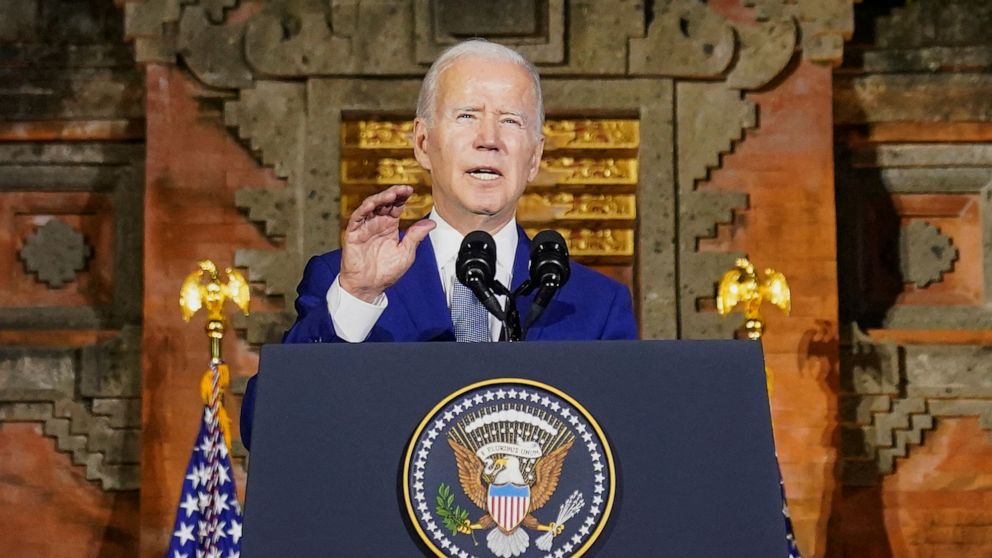
The White House will return for another round of the fight for COVID-19 funding.
After multiple failed attempts this past winter and spring to secure more money to address the pandemic, the White House plans on requesting $10 billion during the lame-duck session of Congress before newly elected lawmakers begin in January, sources familiar with the discussions confirmed to ABC News.
It could potentially be one of the last chances for Democrats to receive additional COVID funding if there is a divided government next year, but it also comes at one of the lowest points of public concern over the entire pandemic. In a recent poll from Quinnipiac University that asked voters about the most urgent issues ahead of the midterms, only 1% said the pandemic.
The Washington Post first reported the impending request.
People familiar with the budget discussions told ABC News that that $10 billion request would go toward the “research and development of next-generation vaccines and therapeutics” — which has been a major priority for the administration — as well as research into long COVID and global efforts to combat the virus.
There would also be some money set aside for combating other infectious diseases, these people said.
“While COVID-19 is no longer the disruptive force it once was, we face new subvariants in the U.S. and around the world that have the potential to cause a surge of infections, hospitalizations, and deaths—particularly as we head into the winter months, a time when viruses like COVID spread more quickly,” one person familiar with the discussions said in a statement.

President Joe Biden receives the latest Covid-19 booster shot in the South Court Auditorium of the Eisenhower Executive Office Building, next to the White House, in Washington, Oct. 25, 2022.
Saul Loeb/AFP via Getty Images, FILE
“That means an urgent need for additional COVID-19 funding remains to help us stay on our front foot against an unpredictable virus with the tools we know work to protect the American people against COVID-19,” the source continued.
The push for more COVID funding first began in March, when the White House requested $22.5 billion from Congress and said it was running out of money to buy tests, treatments and vaccines.
But Republicans stonewalled the effort, skeptical of how Democrats had spent the billions in COVID aid that had already been allotted. Texas Sen. John Cornyn and others linked such efforts to high inflation.
“The problem is they want to keep spending more money and throw more gasoline on the inflation fire,” he said in September. “I think that’s a bad idea.”
Some in the GOP also pointed to Biden’s remark in a TV interview that the pandemic was “over.”
“The president saying the pandemic is over is … just kind of mind-boggling,” Louisiana Sen. Bill Cassidy, who previously worked as a doctor, said in September. “He wants tens of billions for COVID and he says the pandemic is over?”

President Joe Biden holds a news conference in Bali, Indonesia, Nov. 14, 2022.
Kevin Lamarque/Reuters
Republican Sens. Mitt Romney and Richard Burr, some of the only conservative allies in Congress on the COVID funding cause, worked on a deal that would’ve given the administration $10 billion by pulling from other programs, but that eventually fell apart. In June, the White House took matters into its own hands and moved $10 billion of already-allocated money away from certain COVID efforts so that the government could purchase new bivalent boosters — the latest shots, which target the BA.4/5 subvariants — and Paxlovid, an oral treatment that significantly reduces hospitalization and death.
This $10 billion, if granted, wouldn’t necessarily be a replacement of those lost funds.
Instead, the White House would aim to fund new research and treatments that could keep the country ahead of the virus even as it mutates and changes.